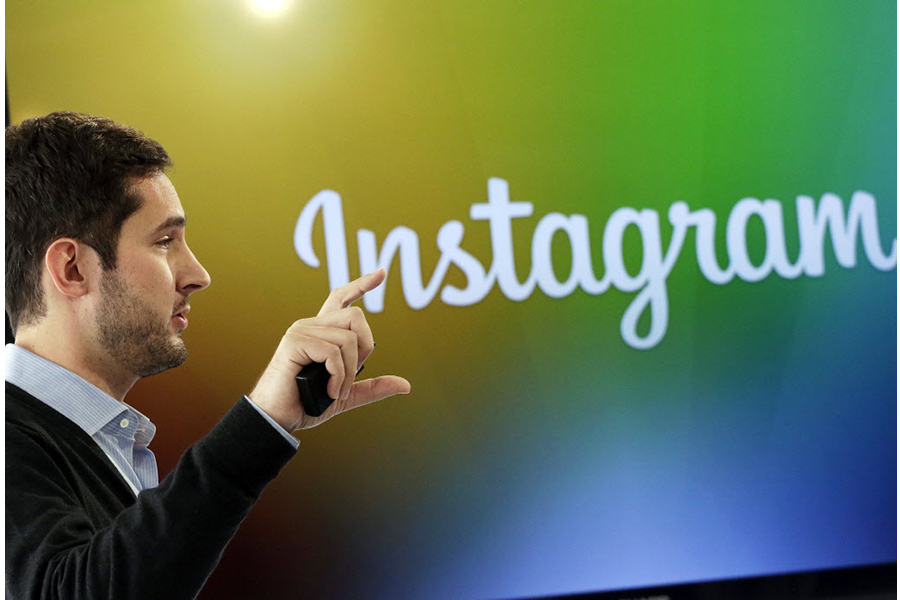Instagram takes a page from Snapchat with Stories launch
Loading...
Instagram is introducing a “Stories” feature to encourage users to post more frequent, and potentially less curated, snapshots of their lives. Photos and videos will be stitched together in a slideshow that will disappear in 24 hours.
Sound familiar?
Instagram founder and chief executive officer Kevin Systrom doesn't deny that Instagram Stories is nearly identical to Snapchat Stories, admitting, “They deserve all the credit.” But he claims that much like the Facebook or Twitter news feed, the model of sharing an ephemeral picture and video slideshow is a format that's bound to be copied and adapted across Silicon Valley.
Instagram Stories will appear atop the old feed, where well-framed and filtered images dominate. The idea behind disappearing images is to encourage people to share small striking moments throughout the day, rather than just the highlights they want remembered.
“Our mission has always been to capture and share the world’s moments, not just the world’s most beautiful moments,” Mr. Systrom told The New York Times. “Stories will alleviate a ton of the pressure people have to post their absolute best stuff.”
Facebook, Instagram's owner, has long kept its eye on Snapchat and the threat the app posed to its teen market in particular, trying to buy Snapchat for $3 billion in 2013, and launching the failed Riff and Slingshot apps, which were heavily Snapchat-inspired, but were later pulled from the app store.
With more than 150 million daily users, Snapchat inched ahead of Instagram in terms of popularity with teens, according to an April poll. Instagram is still more popular overall, at 300 million daily users, but is seeing a slow-down in fresh content, with the average Instagram user posting fewer photos in 2015 compared to 2013.
Instagram Stories seeks to circumvent some of the social norms that have developed around posting on Instagram that limit how often people share. Users tend to hold back from posting multiple times in a row so as not to spam their followers and post only their most polished work in the chase for more likes. With Stories, a user's profile photo will be surrounded with a colorful ring when there's something new to see, so followers are never bombarded, and it's impossible to like or publicly comment on the content.
Instagram Stories will be introduced to iOS and Android globally over the next couple of weeks.






